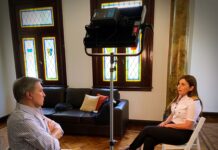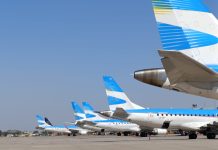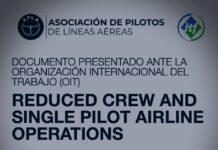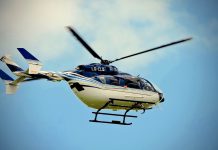Fatigue key to mistakes among pilots
Hundreds of pilots, mechanics and air-traffic controllers reported that fatigue led them to make mistakes on the job, including six cases where pilots fell asleep in midflight, a USA TODAY analysis of safety records since 2003 shows.
The reports show that crews flew to the wrong altitude, botched landings and missed radio calls, according to an aviation safety database compiled by NASA. In one case, a pilot and co-pilot fell asleep while descending toward Dulles International Airport near Washington, D.C., the NASA records say.
The National Transportation Safety Board (NTSB) will address the issue of fatigue Thursday at its annual hearing to adopt its most wanted safety enhancements. While the incidents represent only a small percentage of the more than 40 million airline flights during the period, the NTSB has linked pilot fatigue to 10 commercial aviation accidents. The crashes, all since 1993, killed 260 people.
Pilot unions say fatigue is one of the top safety threats in aviation. The incidents are partially the result of changes in work rules imposed by financially troubled airlines that have put added pressures on pilots to fly longer hours, unions say.
We see these as signs of pushing pilots to go beyond their limits, said Capt. John Prater, president of the Air Line Pilots Association, the nations largest pilots union.
The NTSB has for two decades called on the Federal Aviation Administration (FAA) to tighten restrictions on how many hours pilots can work each day. Airline crews can work up to 16 hours a day, possibly more if a flight is delayed. Research by the NTSB and others shows sharply higher risks of pilot mistakes and accidents after long shifts or periods without normal sleep.
The FAA has tried several times to revise pilot work rules since the 1990s, but the efforts failed each time under opposition from airlines and pilot unions.
Airlines recognize that tired pilots are not effective and have devoted considerable resources to the issue, said Basil Barimo, vice president of operations and safety at the Air Transport Association, the carriers Washington trade group. In recent years, most carriers have boosted fatigue training and strengthened policies allowing pilots to decline to fly if they feel tired, Barimo said.
Frontier Airlines acknowledged Wednesday that two of its pilots fell asleep on a 2004 red-eye flight from Baltimore to Denver. One pilot awoke to frantic calls from a controller, according to a report on the incident in the NASA Aviation Safety Reporting System.
The NASA system contains 750 incidents since 2003 in which aviation workers cited fatigue-related incidents. Pilots were involved in 650 of those cases. USA TODAY also found four additional cases in which pilots reported falling asleep. None caused an accident.
Fuente: http://www.usatoday.com/news/nation/2007-11-07-airfatigue_N.htm
















